Books
Living Things and Nonliving Things: A Compare and Contrast Book
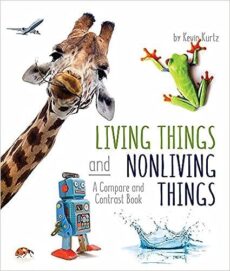
This book features a wide variety of amazing photographs and text that asks thought-provoking questions. (Do all living things move? Do any nonliving things move?) Promotes thinking about similarities and differences beyond the obvious, and demonstrates that categorizing can be tricky! Includes a Teaching Activity Guide for teachers and parents with STEM lesson ideas, extensions for math and social studies, and inquiry-based activities. The Kindle edition is an interactive e-book that reads aloud in both Spanish and English.
What's Alive? (Let's-Read-and-Find-Out Science)
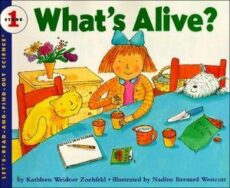
What makes something alive? What do you and a cat have in common? This introduction to the concept of living vs. nonliving for preschool through first grade includes colorful pictures and an investigation activity.
Living or Nonliving? (My Science Library)
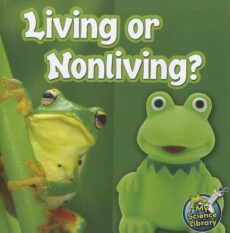
Learn about what living things need, which things are nonliving in nature, and how to tell the difference. For primary grades and early readers.
A Kid's Guide To the Classification of Living Things (series)

With simple text, illustrations, and photographs, the books in this series describe characteristics and life cycles of organisms belonging to the different kingdoms of life. Titles included in this series are Animals Without Backbones, Animals With Backbones, Fungi, Plants With Seeds, Plants Without Seeds, and Single-Celled Organisms. A good introduction to the concept of sorting living things in order to better understand the diversity of life.
Let's Classify Animals
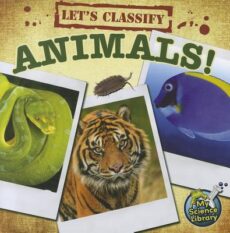
Let's Classify Animals introduces the idea that animals can be classified into groups according to characteristics they have in common. Bright, colorful pictures and simple, engaging text for primary grades.
Let's Classify Organisms
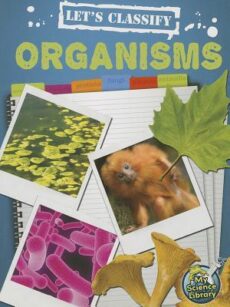
Let's Classify Organisms, is designed for intermediate grades and examines the distinguishing characteristics of the six kingdoms of life.
Tree of Life: the Incredible Biodiversity of Life on Earth
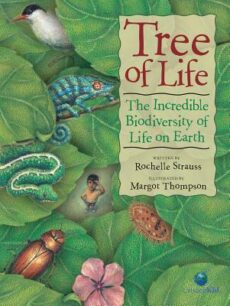
In this beautifully illustrated introduction to scientific taxonomy, the author explains that living things can be grouped into all sorts of different categories, but scientists have agreed to classify them based on specific attributes. This highly recommended book uses a "5 Branches" model for the kingdoms of life. Includes sections on changes to the tree of life, becoming guardians of the tree of life, and notes for parents and teachers.
What is the Animal Kingdom? (The Science of Living Things series)
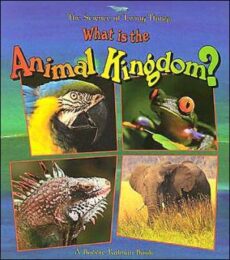
With beautiful pictures and clear and simple text, this book begins with a general introduction to the kingdoms of living things, describes the qualities that define an animal, then moves on to vertebrates and invertebrates. A good introduction to biological classification. Other books in the series include What Is A Plant? and What Is A Living Thing?
Tiny Creatures: The World of Microbes
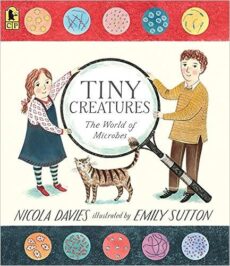
All around the world, there are living things so tiny that millions could fit on an ant's antenna. They are busy doing all sort of things, from giving people colds and making yogurt to turning leaves into soil. A terrific book to help young children visualize microorganisms and processes that are too small to see.
Basher Science: Microbiology
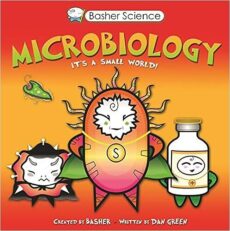
In this engaging exploration of the unseen world of microbes, microscopic organisms are presented as key characters with their own voice and personality. Bacteria, viruses, archaea, protists, fungi and algae are introduced in a fun format that will captivate young scientists.
Classification of Life (Great Ideas of Science)
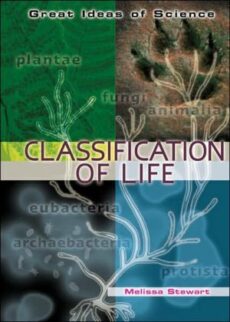
For thousands of years, philosophers and scientists have tried to organize and classify the relationships between Earth's living things. This book examines the history of classification systems, from Aristotle's ancient efforts to organize life forms based on appearance, to modern uses of DNA sequencing and cell chemistry. In many ways, the science of classification has changed the way we look at life. Includes an index, glossary, timeline, biographies of scientists, and links to books and websites.
